 Have you ever heard the expression – “to eat your own dog food?” It’s a rather crude cliché to make the point that sometimes the best way to understand your customer is to experience your product the way that they do. In the automotive industry, this was often cited as the principal behind giving people company cars. After all, if you work for GM (for example) – not only should you drive a GM car, but having one personally will help you to understand your customers, right?
Have you ever heard the expression – “to eat your own dog food?” It’s a rather crude cliché to make the point that sometimes the best way to understand your customer is to experience your product the way that they do. In the automotive industry, this was often cited as the principal behind giving people company cars. After all, if you work for GM (for example) – not only should you drive a GM car, but having one personally will help you to understand your customers, right?
To a point, this logic works. The problem is, in the GM example, the employee who has the car didn’t have to buy it in the first place. So while a GM exec (or one from any other car company for that matter – not to pick on GM) may drive the same car as his or her customer, they have had a far different experience in getting it. They didn’t research the car online. They didn’t shop around and talk to several dealers about it. They didn’t have to trade off something else in their budget to afford the car and figure out how to finance it. And now that they have it, they don’t have to worry about things like maintenance or even filling gas into the car. All of that was taken care of.
Eating your own dog food (ie – experiencing your own product) isn’t enough. You need to experience the entire process around buying it to really understand your customers. That means you need to shop around. You need to go into a retail store to try and purchase, or buy it online and see how long it takes to arrive. What did the box it came in look like? What was the condition of it? Did you get any follow up from anyone after you bought it.
All of these are the questions you can get answers to in the simplest of ways – by buying your own product. I have purchased a copy of my own book from just about every vendor that sells it – just to see how the experience is. That way, I know where to send people and what they can expect if they buy it online and get it shipped to them. Doing the same for your product or service can help you spot the holes in your process and fix them before they cause you to lose sales. And f your product happens to actually be dog food, I'm sure you'd much rather buy it than eat it anyway.
 Have you ever heard the expression – “to eat your own dog food?” It’s a rather crude cliché to make the point that sometimes the best way to understand your customer is to experience your product the way that they do. In the automotive industry, this was often cited as the principal behind giving people company cars. After all, if you work for GM (for example) – not only should you drive a GM car, but having one personally will help you to understand your customers, right?
Have you ever heard the expression – “to eat your own dog food?” It’s a rather crude cliché to make the point that sometimes the best way to understand your customer is to experience your product the way that they do. In the automotive industry, this was often cited as the principal behind giving people company cars. After all, if you work for GM (for example) – not only should you drive a GM car, but having one personally will help you to understand your customers, right? 






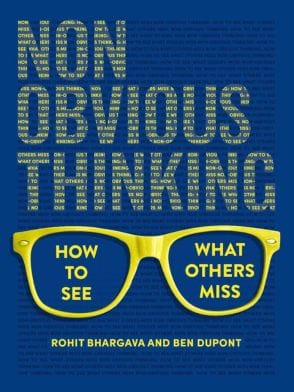

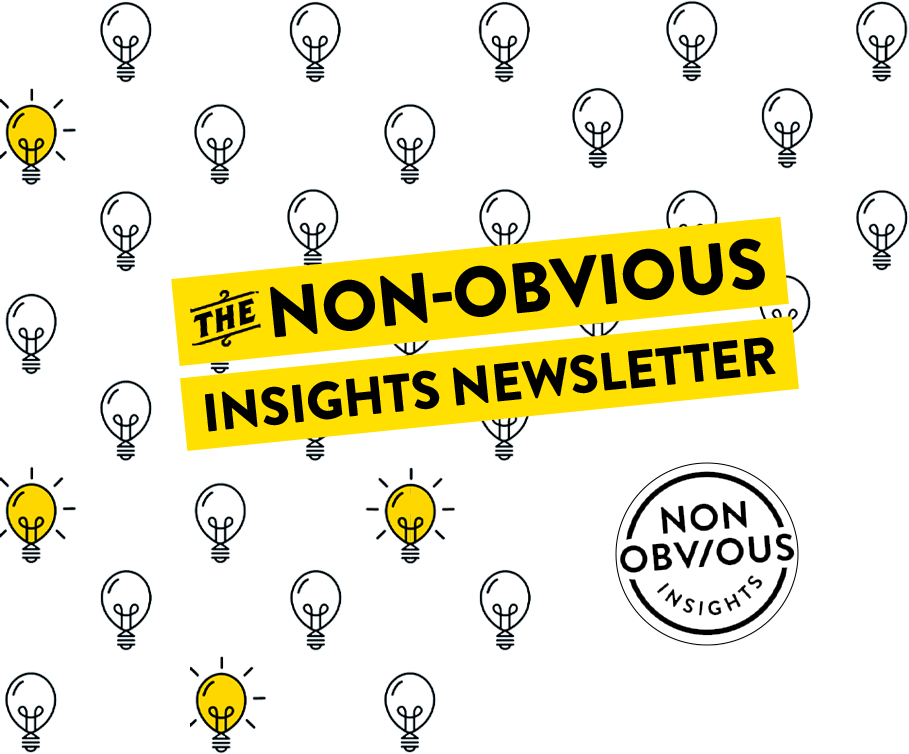



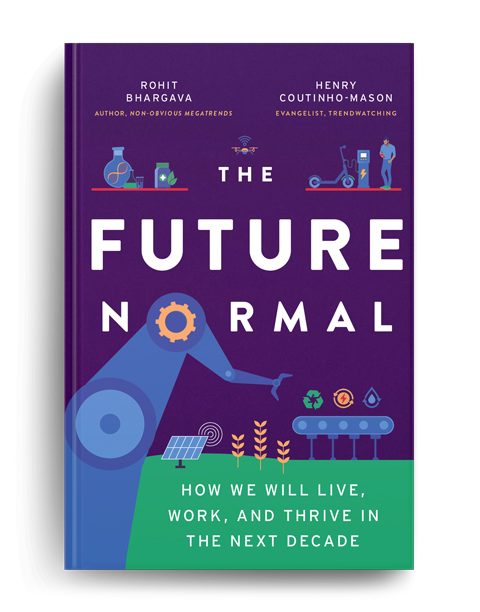
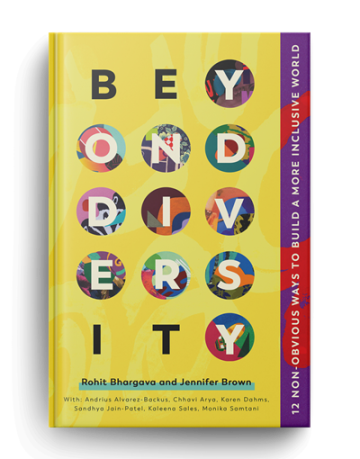
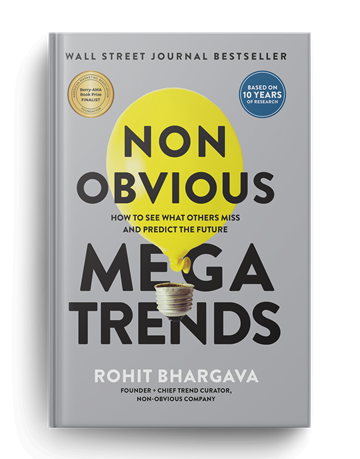
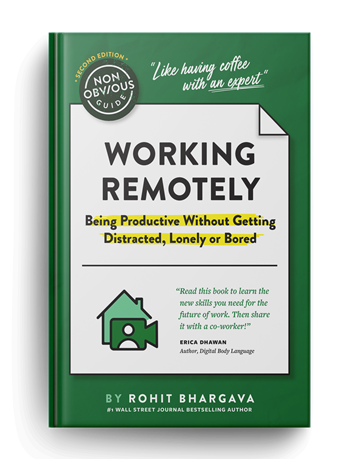
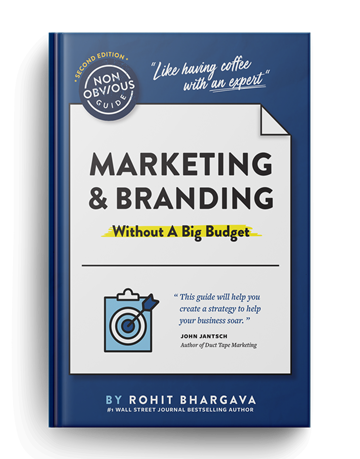
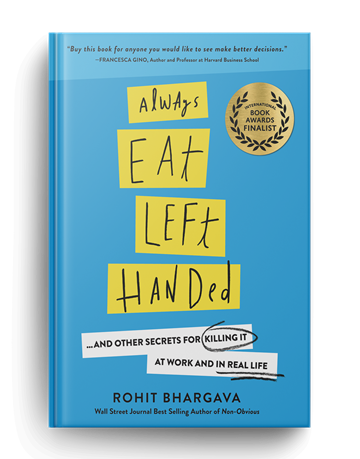
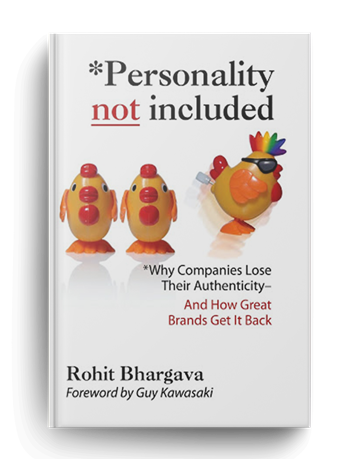
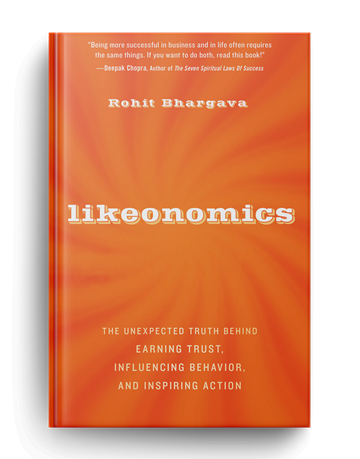


This seems like a really good perspective. Thinking about channels and the buying process seems to be so often overlooked in marketing. Like it or not, a negative experience with a vendor can reflect poorly on your product. Although it might be attractive to sell through a particular channel because of its sales potential, you need to be careful that it won’t impact your brands reputation.
The Marketing Leadership Council completed a study last year demonstrating that 53% of customer loyalty could be attributed to factors related to the purchasing experience.
Customers EXPECT you to have a good brand. They EXPECT you to have a good product. Prices are pretty much the same everywhere. Those three things contribute to satisfaction – but not to loyalty (i.e., if you don’t do well here it hurts – but doing better doesn’t necessarily help).
The buying experience, on the other hand, varies so dramatically from company to company – particularly for new or complex products. Exceeding expectations in the buying experience wins you great points.
This makes a lot of sense. I thought I would make a great bridge builder for an organization because I was a member of certain groups and knew how they thought and I was a champion of their product plus I understand what they are trying to accomplish.
Buying your own stuff and being a part of the process is essential. Only when you experience something can you create an experience someone else wants to be a part of.
We had a half price store at a company I worked at a while ago. It’s funny how a discount can warp your sense of what your product is worth.
Good article! About the GM example I wonder how many execs thought the free car was for them to experience the product they are selling. It probably was seen as a work perk, an additional salary if you know what I mean.
I like your perspective here, additionally by doing this you can see the deficiencies (if any) in your product or service and figure out ways to make improvements. Self-evaluation is a great method to encourage improvement.
That’s a good point.
Another part that’s missing is context – eating the competition’s dog food.
How can that GM exec really tell if the car or its buying experience is up to par unless he tried a Toyota?
I like what you say about “testing” the whole buying process. And sure it helps if the dog food is a good one. I think there is another important concept related to transparency and good service: reputation. So, apart from testing my products or services and the whole process involved, I think I would look them up in search engines, and check comments. Maybe I discover real mistakes that do not depend on me or are not related to what I sell, for example. Or find out new good things that people appreciate about my product or service that I did not know about… .
This is so, so true – and so rarely practiced.
Just one example. As a parent, why does opening a toy require me to endanger myself and innocent bystanders prying apart a plastic clamshell package.
I understand that the margins in the toy industry are microscopic, but there has to be a better way, and someone is not paying attention to how consumers buy, open, and experience your product.
Nice post!
Jeff, you have made a great point too! I always seem to forget about that ridiculous packaging until the next time I have to deal with it. I now have what I call the package opening scissors which are super scissors that can cut through just about any plastic. It still sucks to have to pry it open, meanwhile ripping the instructions, and slicing your finger open on the plastic. We should put the CEO of Sony and Hasbro in a room with some of their own products and see which one of them can open them first. 😀
Very interesting perspective and something I’ve never really thought of to that extent.
I think people want to know what the experience is of buying something. This is why consumer reports is so popular. You are right it also is good for us to buy our own products to get this experience.
I like the story, but I don’t know if GM was the best example because the end of their story was that, after they were criticized for showing up in limos to the federal bailout hearings only then to be criticized the next day for showing up in hybrids, they ended up being bought out by the government.
but it’s because they didn’t learn how to eat their own dog food enough to realize why others like toyota more.
Yes, isn’t it interesting to actually experience being a prospect, not just a customer or user? Big difference. I’ve been well served also by talking to customers who just purchased, to get a sense of what gaps they perceived or “leaps of faith” they had to take. This always suggests ways to get information out there in an easier form to consume.
Very good point, this is maybe the best way to test a product and find out how you can improve it. I’ll do it myself with my won stuff.
This is a great idea when working with B2C customers but it becomes much more complicated with B2B offerings. We have performed mystery shopping for clients and that has worked well but you really have to understand the mentality of the target audience which requires a great amount of research.